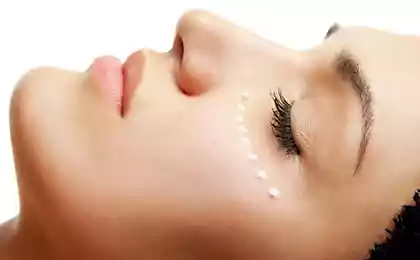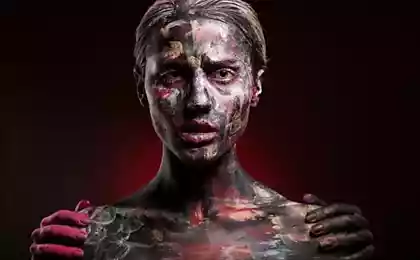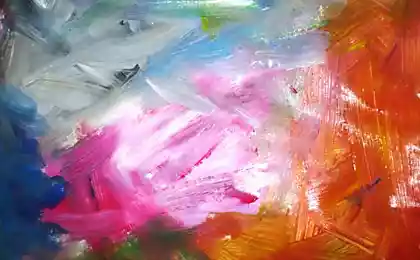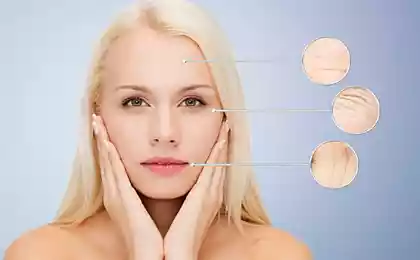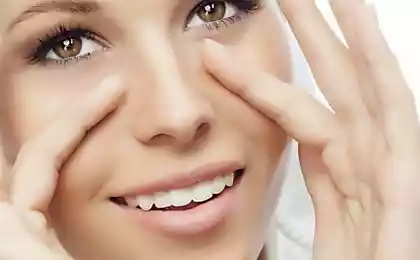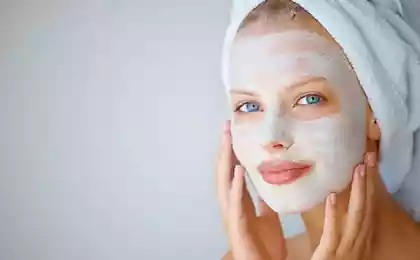439
Scientists have learned to predict the pattern of wrinkles
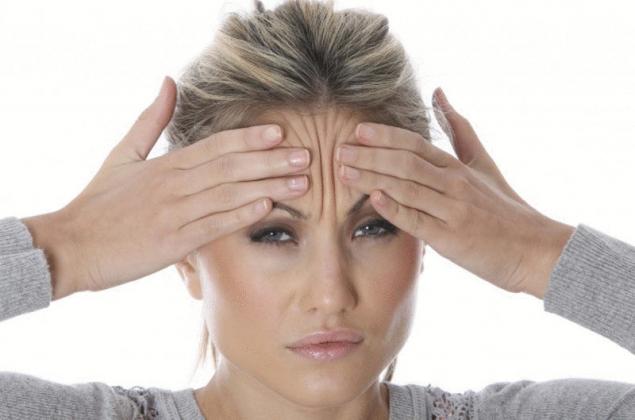
After drying and shrivelling of the grapes takes the form of raisins. Something similar happens with other surfaces, including the face and fingers of a person. For the first time scientists have found a way to predict the pattern of wrinkles. The research team at the Massachusetts Institute of technology (MIT) proposed a mathematical theory that predicts the formation of wrinkles on uneven (warped) surfaces. The theory, published in the journal Nature Materials, will help to explain how fingerprints are formed and wrinkles in humans.
The researchers experimented with balls for table tennis. They wanted to find out how the surface roughness of the surface can influence the movement of the ball or its air resistance. The researchers observed how compressed the surface of the ball when evacuating the air therefrom. Appearing on the surface of dimples first formed the pattern of a regular hexagon, and then the line curled like a figure at their fingertips.
Computer modeling confirmed the efficiency of the algorithm, allowing to correctly reproduce the surface patterns observed in experiments. Scientists were able to identify the main parameters influencing the final pattern. The main factor was the curvature. The bigger it is, the more right it has to object.
Thickness also plays a role. Thin external layer causes lines to form on the surface of the spiral pattern, similar to a fingerprint. If the shell is a little thicker on the surface will emerge hexagonal pattern.
The researchers say that their theory can be applied not only to spheres but also to objects of more complex shape. Future experiments have to confirm this.
Source: hi-news.ru
12 creative ideas for the design of the suburban area
Japan plans to deploy the factory of solar panels on the moon
